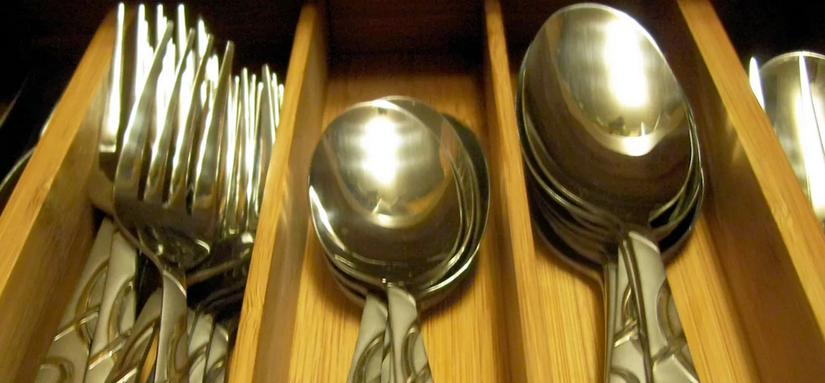Chapter 5 Sets
Introduction to Sets

Think of a drawer in your kitchen used to store flatware. This drawer likely holds forks, spoons, and knives and possibly other items such as a meat thermometer and a can opener. The drawer in this case represents a tool used to group a collection of objects. The members of the group are the individual items in the drawer, such as a fork or a spoon.
The members of a set can be anything, such as people, numbers, or letters of the alphabet. In statistical studies, a set is a well-defined collection of objects used to identify an entire population of interest. For example, in a research study examining the effects of a new medication, there can be two sets of people: one set that is given the medication and a different set that is given a placebo (control group). In this chapter, we will discuss sets and Venn diagrams, which are graphical ways to show relationships between different groups.
Media Attributions
- Chapter Introduction Figure © OpenStax Contemporary Mathematics is licensed under a CC BY (Attribution) license

